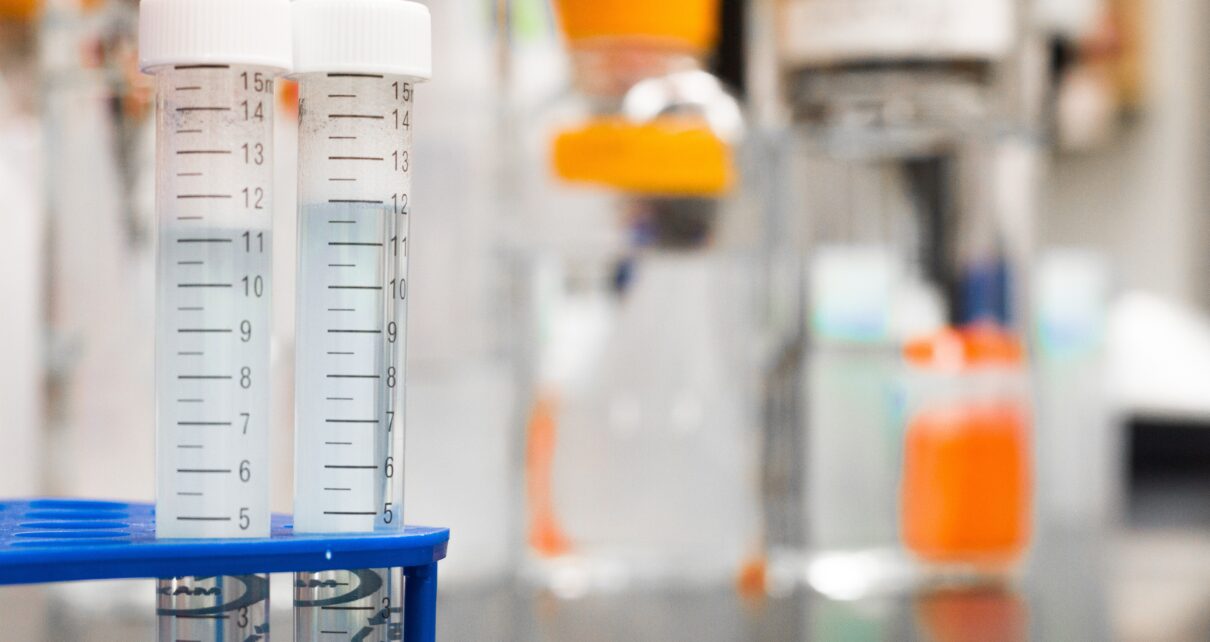There are carious types of drug tests available, each tailored to detect specific substances within distinct timeframes. Among these tests, the 10-panel drug test stands out due to its ability to identify a comprehensive range of drugs. This test can detect substances like marijuana, cocaine, opiates, PCP, and amphetamines, among others. Its broad spectrum of detection renders it a preferred choice for employers aiming to ensure a drug-free workplace.
The 10-panel drug test’s comprehensive nature is beneficial, yet it’s important to acknowledge its limitations. False positives can occasionally emerge, resulting from incidental contact with substances, sample mishandling, or test kit irregularities. If an employee is erroneously implicated in a drug-related offense due to a false positive, it could lead to potential legal ramifications, warranting the involvement of a drug lawyer.
So, employers considering the implementation of a 10-panel drug test must be well-informed about its nuances and potential implications.
Detection Window Frame
The detection window for each drug varies and depends on several factors, such as the drug dosage, metabolism and other compounds like cannabidiol (CBD) in the sample. This type of test is often used in pre-employment screening, periodic employee testing, or following a workplace incident.
What does it Detect?
So, exactly what does a 10 panel drug test test for? It screens for both active and inactive compounds including marijuana (tetrahydrocannabinol), opiates, amphetamines, phencyclidine (PCP) and benzodiazepines. Urine vs saliva tests are also used to detect substances.
As mentioned, detection times can vary depending on several factors such as dosage and metabolism.
The 10-panel drug test is one of the most comprehensive tests available and is designed to detect a wide variety of substances used in illegal activity in the workplace or outside it. It can provide employers with an accurate picture of their employees’ drug use so they can take appropriate action if necessary.
What Employees Typically Want to Test For
A 10-panel drug test looks for 10 different drugs: cocaine, opiates (such as heroin, codeine, oxycodone, and methadone), PCP (phencyclidine), THC (marijuana), benzodiazepines, barbiturates, amphetamines and ecstasy. This makes the 10-panel test the most comprehensive screening available. For example, a 4-panel screen will only screen one 4-panel test for cocaine, opiates, methadone and THC.
Why the 10-Panel Test?
A 10-panel drug test is the most comprehensive of all drug screens and will detect 10 different drugs from a single urine sample. A 10-panel drug test is typically administered by employers to detect substance abuse in the workplace.
The 10-panel drug screen tests for methamphetamine (speed) and other amphetamines, including prescribed amphetamines such as Ritalin and Adderall, as well as other prescription drugs.
Urine samples are usually used for urinalysis testing; however, blood or saliva can be collected in some cases. All, the samples are collected by a certified individual who has undergone specimen Collector Training with respect to guidelines given out by the health department. That being said, in addition to detecting the presence of drugs in your system, a 10-panel drug test can also refer to amphetamines used for industries requiring alertness or attention deficit hyperactivity disorder (ADHD).
Some employers may opt to use a 7-panel test instead which will only detect seven substances, while others may opt to add additional substances such as methylphenidate or Adderall. In addition to urine samples, some employers may also collect sweat or hair samples when attempting to detect substance abuse.
Companies have the authority to request drug tests from their employees, often involving questions about drug use. These tests are commonly mandated to comply with workplace regulations and/or legal mandates. To ensure accuracy, these tests also detect the presence of other substances found in street drugs, such as PCP (angel dust), hydrocodone, name-brand medications, and THC.
However, there are instances when companies might wrongly accuse you of being influenced by drugs due to flaws in testing procedures. If faced with such a situation, it’s advisable to consult a criminal defense attorney. They can represent you in court and provide a proper defense against any damaging actions taken by the company.
Takeaway
A 10 Panel Drug Test is a specific type of drug test used to detect the presence of abused drugs in an individual. It includes drugs such as marijuana, cocaine, opiates such as codeine, heroin and basic opiates; methadone; phencyclidine (PCP); amphetamines and methamphetamines; barbiturates; benzodiazepines; propoxyphene; and methaqualone (also known as Quaaludes).





